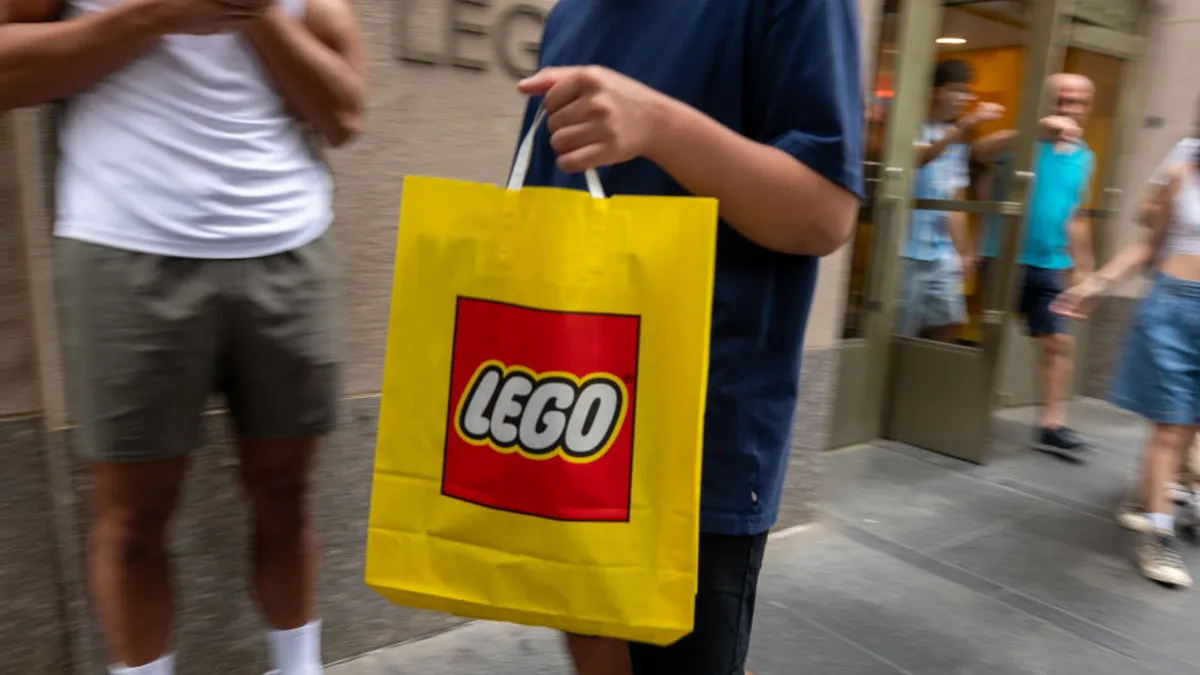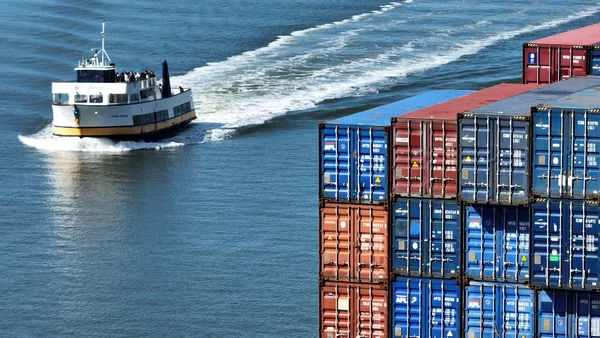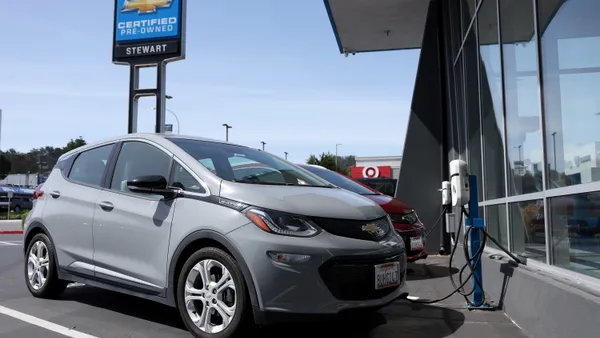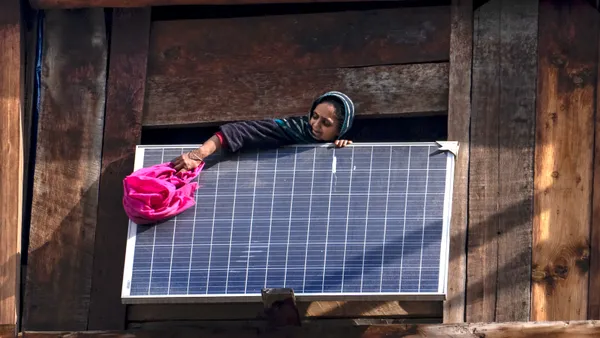Dive Brief:
- The Lego Group aims to increase its global solar capacity by 72% in 2025 to reduce its carbon footprint, the company announced last week.
- The Danish toymaker said it will look to ramp up solar power capacity across its production sites by the end of the year and has already begun developing infrastructure in Hungary and its soon-to-open factory in Vietnam.
- Solar expansion is a “key initiative” to allow Lego to meet its sustainability goals, the company said in a Jan. 31 post. Lego’s goals include achieving net-zero emissions by 2050 — which it committed to in 2023 — and reducing its absolute carbon emissions by 37% by 2032, compared to a 2019 baseline — a target the company previously told ESG Dive it was on track to meet.
Dive Insight:
Lego said it added 22 megawatt peak — the unit of measurement for the maximum power output a solar photovoltaic system can produce — of solar energy capacity to its operations last year. This represents a 61% increase since 2022.
This increase in capacity was enabled by developments including doubling solar capacity at the company’s factory in Kladno, Czech Republic and increasing capacity by 400% at its headquarters in Billund, Denmark through an off-site solar park. Lego said that although solar energy accounts for only about 4% of the total energy it currently consumes across its business operations, its global capacity for solar power is “rapidly” expanding.
Lego said it’s also installed solar panels across six of its factory sites.
“We are focused on better understanding, and then reducing, our total greenhouse gas (GHG) emissions throughout our value chain, which includes continuing to look for improvements in our own operations and increasing capacity and production of renewable energy across our production sites,” Lego said in the Jan. 31 post.
The retailer behind the popular children’s plastic bricks said it aimed to achieve a 72% increase in solar capacity this year through a myriad of initiatives.
These include tripling capacity at its production site in Nyíregyháza, Hungary, where the company said installation work for panels has already commenced across both ground-level and rooftop parks. Lego also said it has installed over 12,400 rooftop solar panels at its new factory in Vietnam, opening this year. That site is predicted to have a total solar power capacity of around 7.34 MWp. The company said it would also keep scouting technologies like battery storage for the Vietnam factory to help meet its goals for renewable energy use.
Lego also shared that a new 80 MWp solar park located near its Billund headquarters is on track to be completed by 2028. The company said the energy park will have a capacity that is equivalent to peak energy demand and be able to cover total energy consumption at its various sites in Billund, in central Denmark.
“Reducing emissions remains one of our biggest challenges and we will continue to look for new ways to minimize environmental impact,” Lego said in the post announcing its solar power ambition.
The toymaker has also adopted several sustainability strategies in the past to cut its emissions. Last year, Lego launched a Supplier Sustainability Program, aimed at enhancing collaboration with suppliers to curb its carbon footprint and accelerate its pathway to achieve its climate goals. The initiative requires suppliers to report data on the amount of carbon linked to products and services Lego purchases.
Lego said previously it would tie part of its salaried employees’ bonuses to its annual carbon footprint beginning in 2024. Though this performance metric is primarily linked to Lego’s direct emissions at present, the company said it aims to “expand” that over time to include indirect — or scope 3 — emissions.











